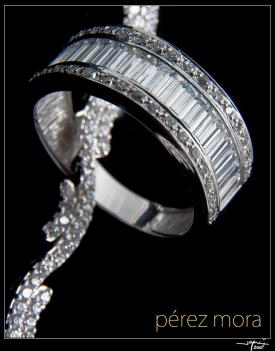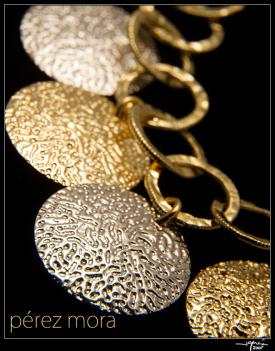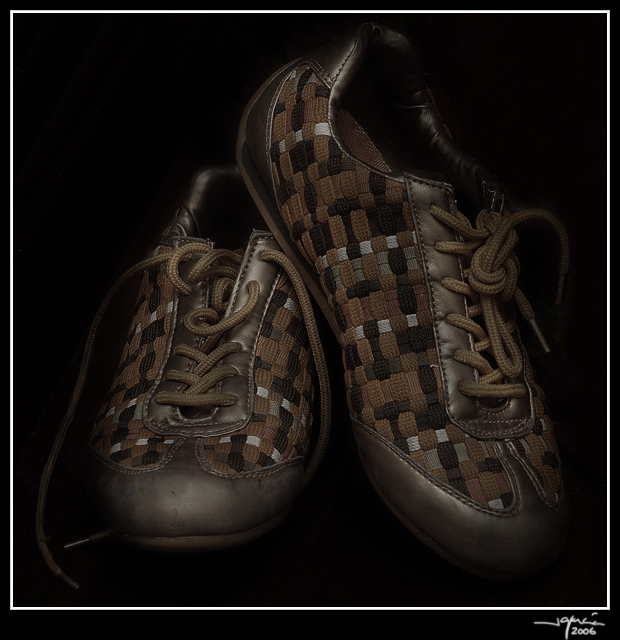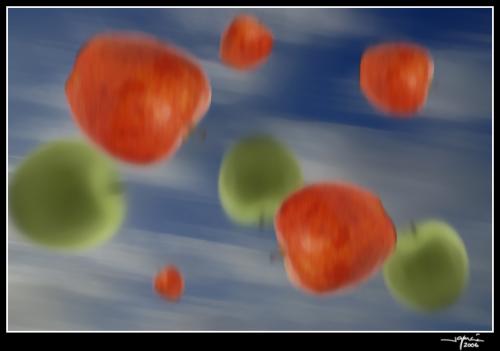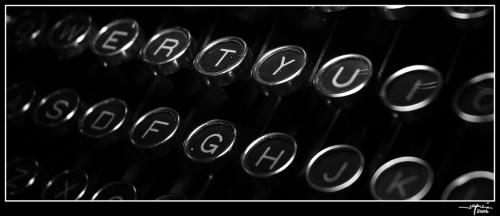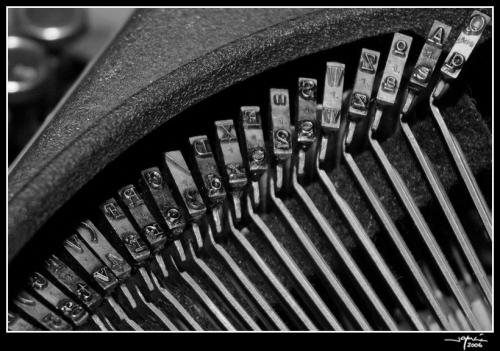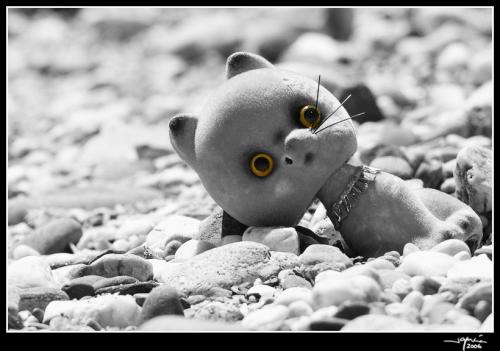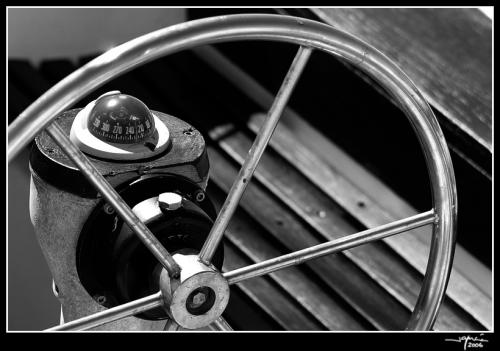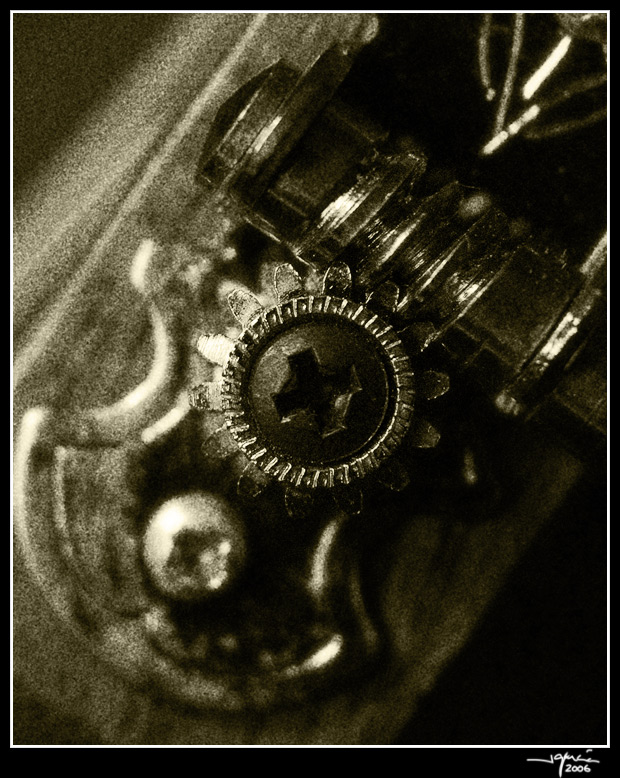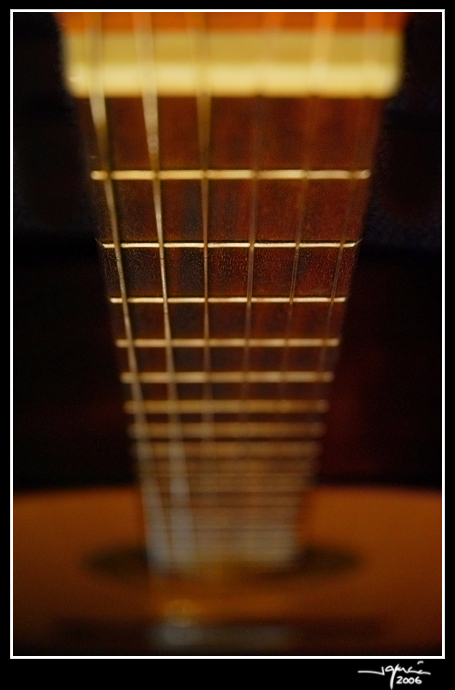A mediados del siglo XIX, los buscadores de oro acudían a California por el istmo de Panamá, donde compraban sombreros importados del Ecuador. Con el paso del tiempo, estos recibieron el nombre del lugar de compra en vez del de origen.
Este sombrero ha cubierto muchas cabezas famosas, por ejemplo las de Ernest Hemmingway, Winston Churchill, Harry Truman, Paul Newman y Alberto Santos Dumont.
Los sombreros de Panamá tienen la propiedad de ser flexibles y pueden ser doblados o enrollados para poder transportarlos comodamente, sin perder su forma. Podemos encontrarlos en difrentes estilos, para hombres, mujeres y niños y son usados en todo el mundo.
Este panamá colonial me ha acompañado en innumerables viajes y ahí está todavía ávido de aventuras.
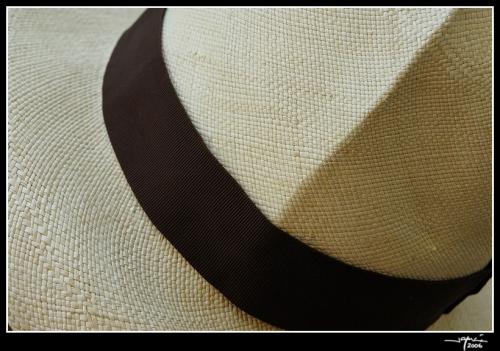
In the middle of the
19th century gold diggers arrived in
California crossing the Isthmus of
Panama, where they bought hats imported from
Ecuador. Over time these hats came to be known for the place where they were bought and not their place of origin.
The Panama hat has sat on many a famous head; Ernest Hemmingway, Winston Churchill, Harry Truman, Paul Newman and Alberto Santos Dumont.
Panama hats are flexible and can be bent or rolled up so as to be carried easily without losing their shape. They can be found in many styles, for men, women or children and are used worldwide.
This Panama has accompanied me on many travels and is thirsty for yet more adventures.
Cámara Nikon D200
Abertura f9
Velocidad 1/100sg
Longitud focal 70mm
ISO 100
